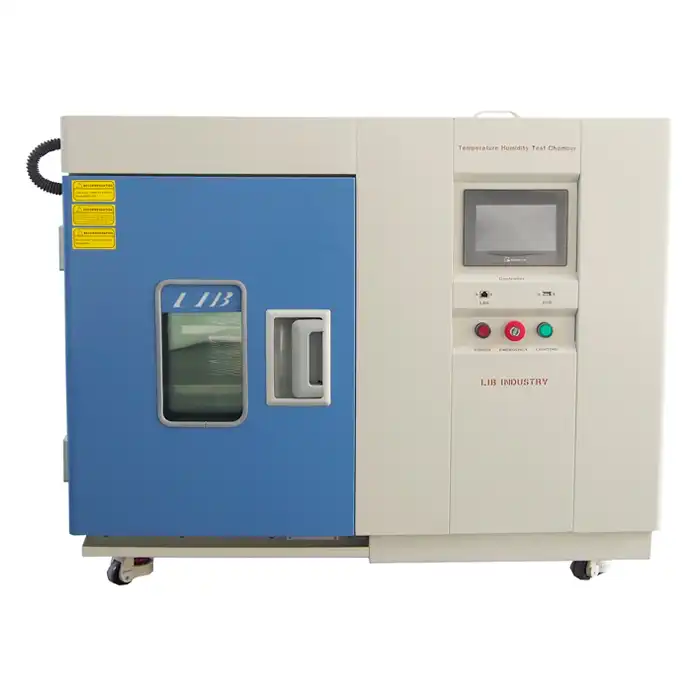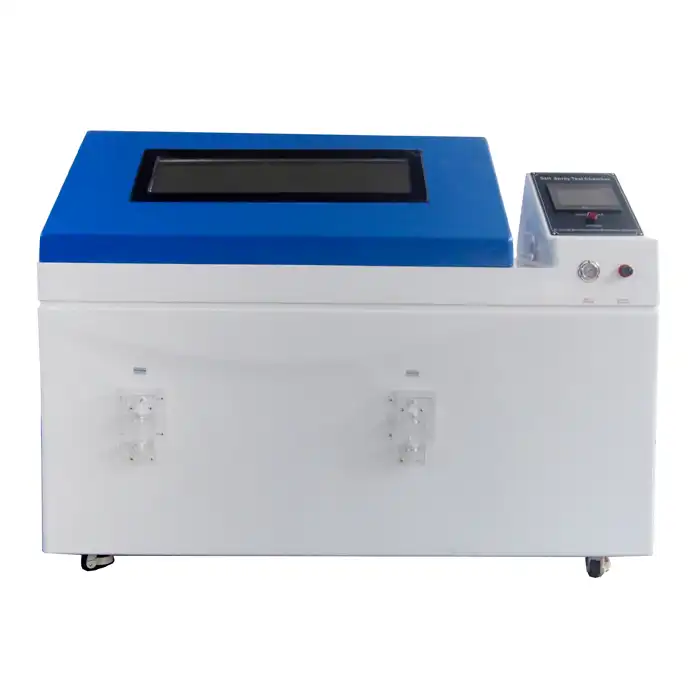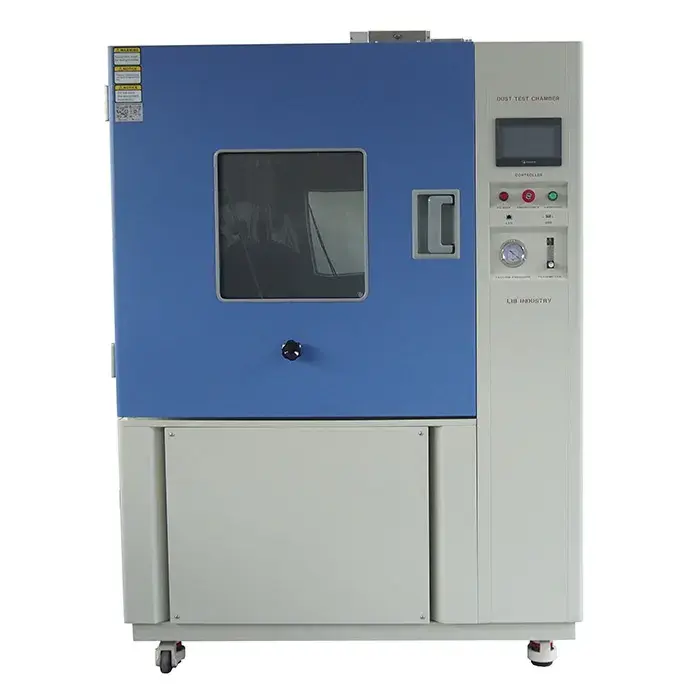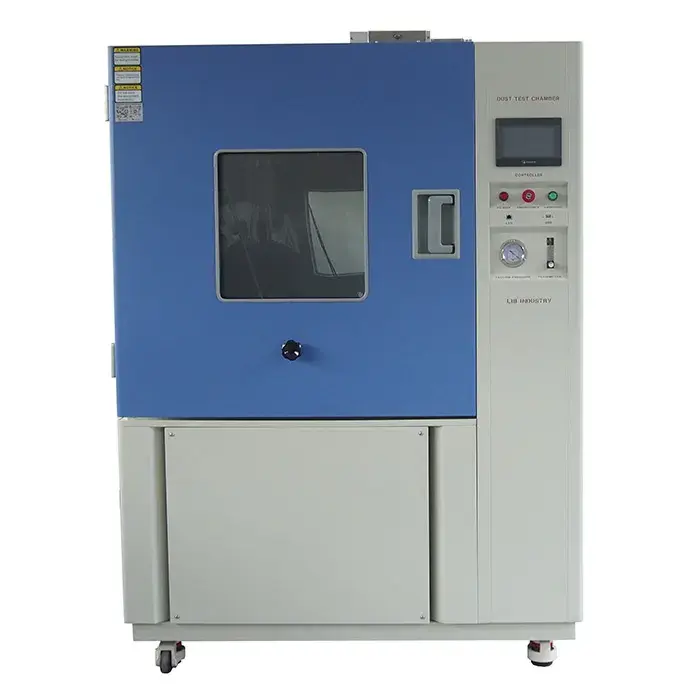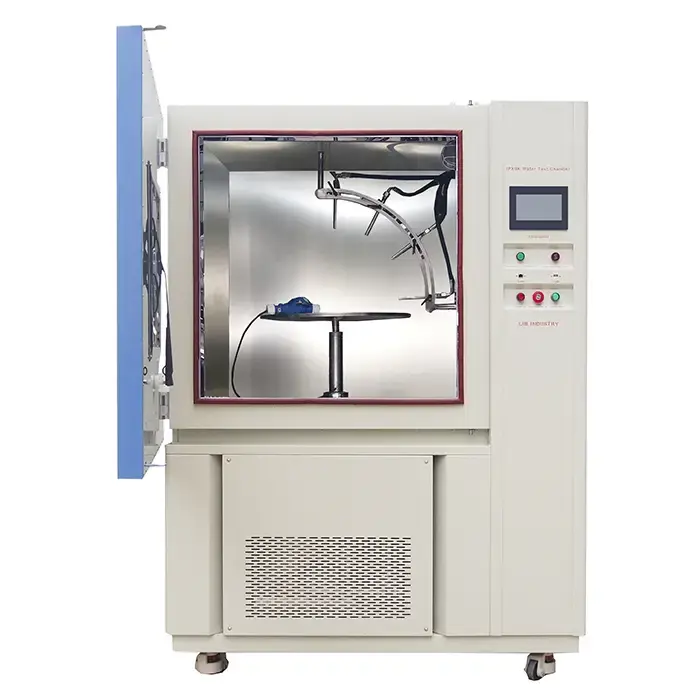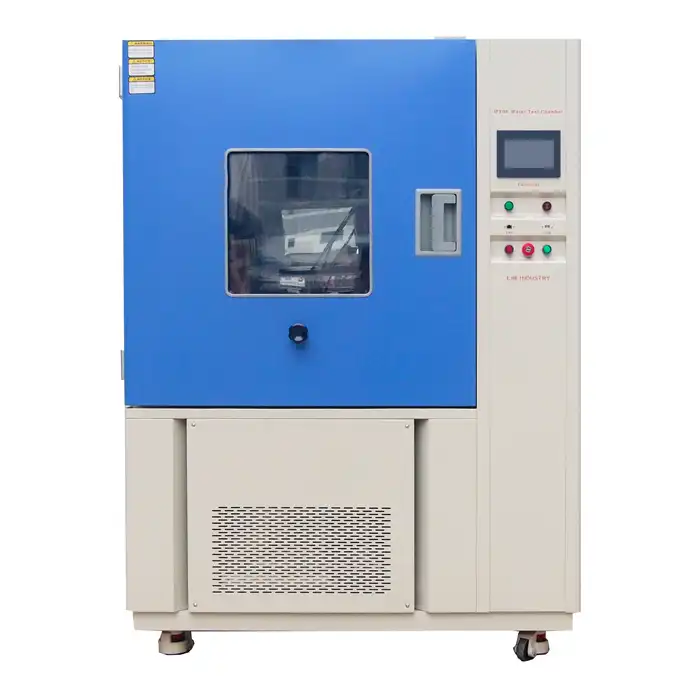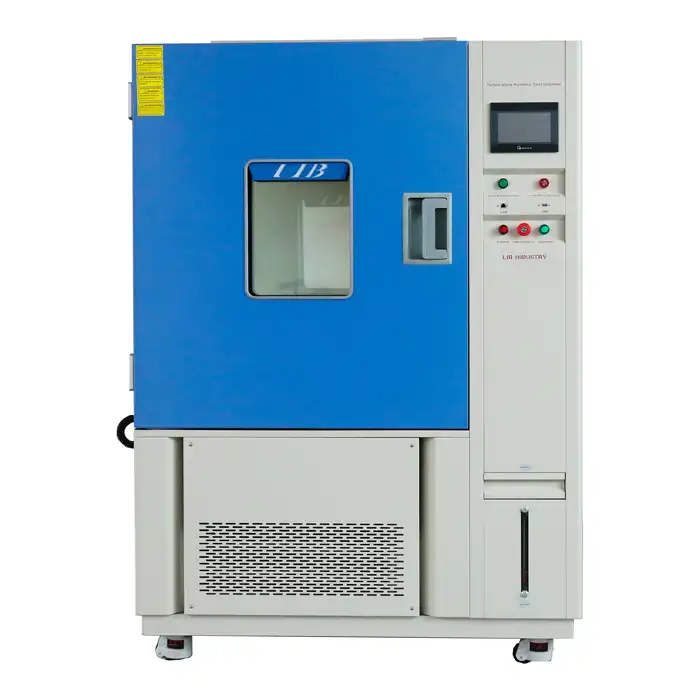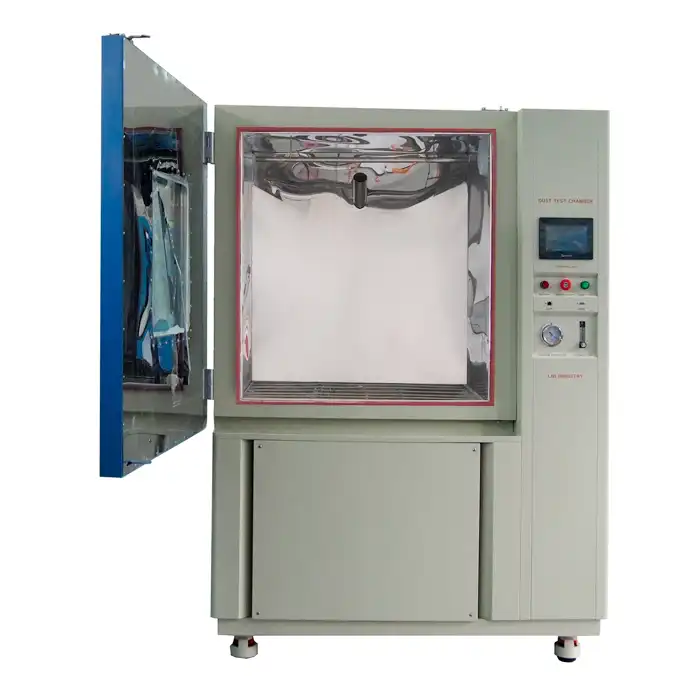Salt Fog Test Machine: Key Factors for Optimal Performance
Salt fog test machines are essential for evaluating the corrosion resistance of materials and coatings in controlled environments. These machines are widely used across industries like automotive, aerospace, and electronics manufacturing, where ensuring product durability is critical. To get the most out of your salt fog testing equipment, understanding the factors that influence its performance is key.
Achieving Uniform Salt Fog Distribution: Critical Components and Techniques
- Atomization Nozzle Design: The nozzle is the heart of the salt fog test machine. A high-quality nozzle ensures the fog is atomized into fine, evenly distributed droplets. Look for machines equipped with corrosion-resistant nozzles designed to withstand long-term use without clogging.

- Chamber Design: The internal layout of the test chamber plays a significant role in fog uniformity. Opt for machines with well-designed airflow systems that prevent stagnation and ensure the fog reaches all test specimens evenly.
- Air Pressure and Flow Rate: Consistent air pressure and flow rate are critical for proper fog generation. Ensure your machine includes pressure regulators and flow meters that allow precise adjustments. For example, maintaining an air pressure of 1.0 to 2.5 bar is ideal for most standard tests.

Temperature and Humidity Control: Ensuring Precision in Corrosion Testing
Precise control of temperature and humidity in a salt fog test machine ensures repeatability and compliance with international standards such as ASTM B117 or ISO 9227.
- Temperature Control: Most salt fog tests require chamber temperatures of 35 °C ± 2 °C. Modern machines come equipped with PID (Proportional-Integral-Derivative) controllers, which maintain stable temperatures by minimizing fluctuations. For example, LIB Industry’s salt fog test machines feature advanced temperature sensors for real-time monitoring and adjustment.

LIB temperature sensor
- Humidity Regulation: While salt fog tests typically do not require strict humidity control, maintaining proper relative humidity levels during pre-conditioning or post-test drying stages is essential. Integrated dehumidifiers or humidity sensors can help ensure accurate environmental conditions.
Salt Solution Quality and Preparation: Best Practices for Consistent Results
- Use High-Purity Salt: Always use sodium chloride with a purity of at least 99.5%. Impurities can introduce unwanted variables, such as changes in pH or unexpected chemical reactions.
- Deionized Water: Tap water contains minerals and impurities that can affect test results. Use deionized or distilled water to prepare the salt solution to eliminate these variables.
- Proper Concentration: The standard solution concentration for most tests is 5% sodium chloride by weight. Use calibrated scales and precise volumetric equipment to ensure accuracy.
- Regular Solution Replacement: Stale or contaminated solutions can affect fog consistency and lead to unreliable results. Regularly replace the solution and clean the reservoir to maintain optimal performance.
Chamber Maintenance and Cleaning: Prolonging the Lifespan of Your Test Machine
- Clean Internal Surfaces: Salt deposits can accumulate over time, leading to corrosion or clogging. Wipe down salt fog test machine walls, nozzles, and reservoirs regularly using a neutral cleaning agent.
- Inspect Key Components: Regularly check for wear and tear on parts like nozzles, air compressors, and seals. Early detection of issues can prevent costly repairs.
- Drain and Flush Systems: After extended use, drain and flush the machine to remove any residual salt solution or debris.
Calibration and Validation: Regular Checks for Accurate and Reliable Testing
- Calibration: Verify key parameters like temperature, pressure, and fog distribution using certified instruments. Regular calibration ensures your machine operates within specified tolerances.
- Validation: Perform periodic validation tests using reference specimens to confirm the machine's performance aligns with industry standards.
At LIB Industry, we specialize in providing turnkey solutions for environmental test equipment, including cutting-edge salt fog test machines. Contact us today at ellen@lib-industry.com to learn more about how we can support your testing needs.
References
1. ASTM B117: Standard Practice for Operating Salt Spray (Fog) Apparatus.
2. ISO 9227: Corrosion Tests in Artificial Atmospheres - Salt Spray Tests.
3. Technical Guide on Salt Spray Testing by the American Society for Testing and Materials.
4. Handbook of Corrosion Engineering, Pierre Roberge.



